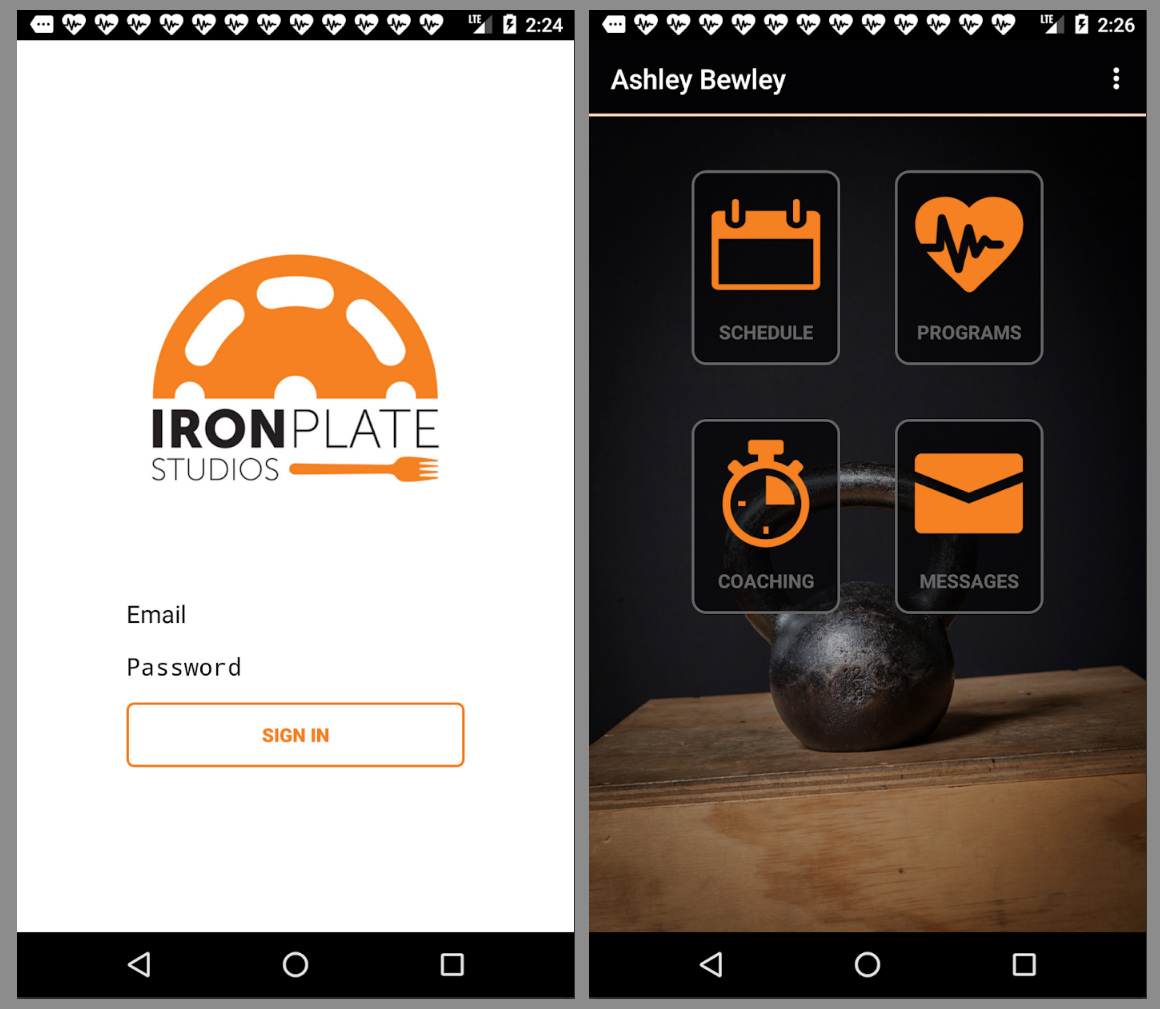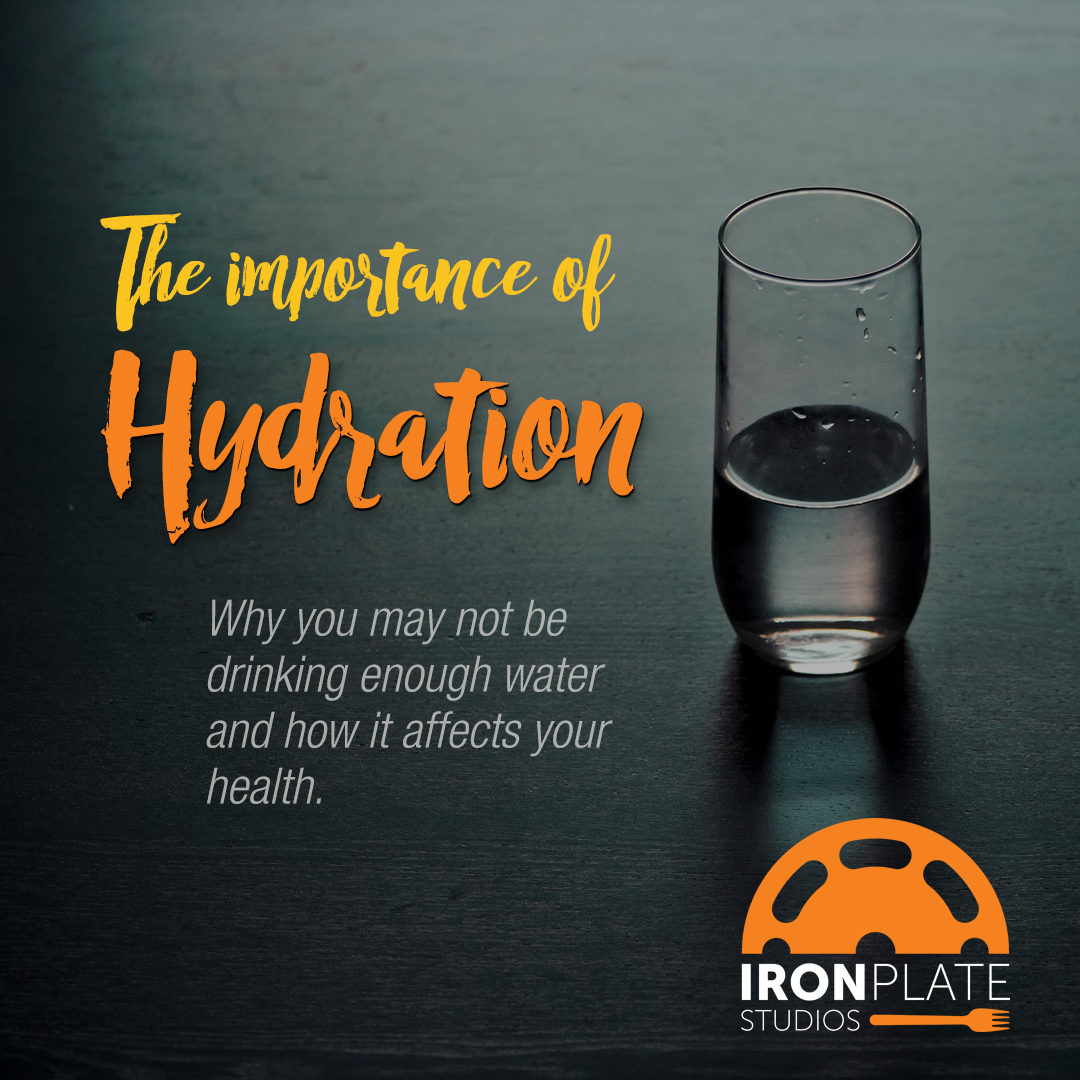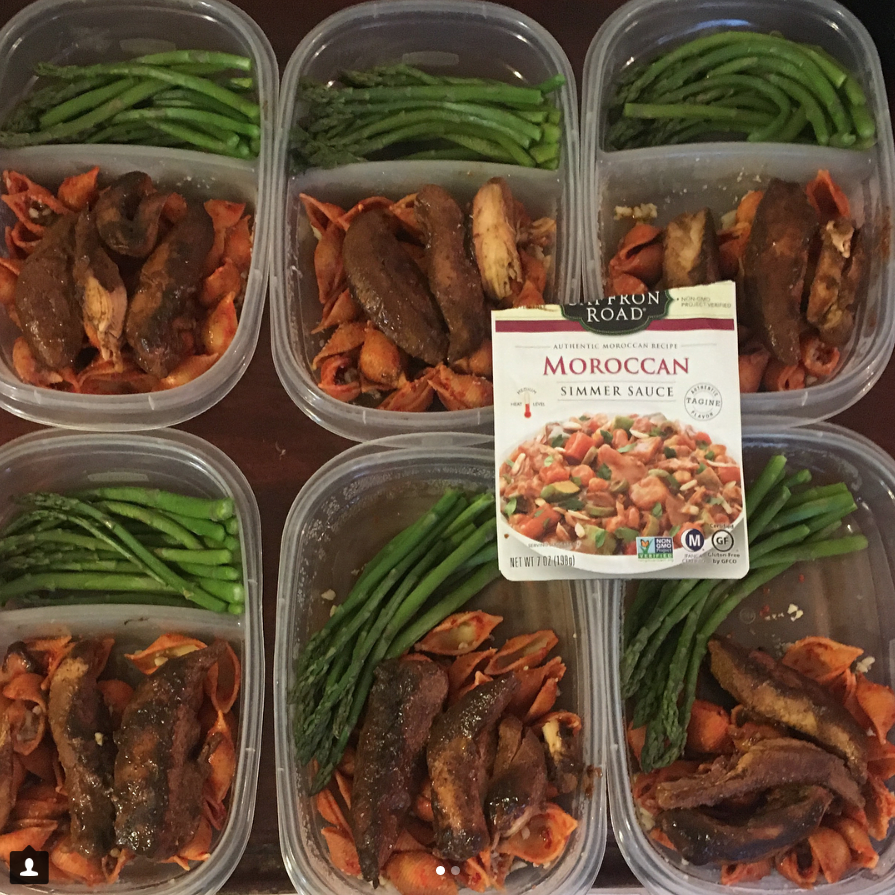Water as we know is crucial. In the last blog post I’ve expressed how much water you should be having per day based on your stats and overall activity level. Now, we’re going to go deep into the rabbit hole in terms of what kind of water you should be drinking and also why it also matters increasingly so as society becomes more and more modernized.
Believe it or not, there is such a form of water that triumphs in terms of health benefits over another. As we know there is bottled water, spring water, purified water (which include distilled, reverse osmosis, carbon filters, and magnetized) alkaline water, structured water, and tap water. Wow, that’s quite a lot of different waters. I plan to distinguish the best from worst in terms of water.
Let’s begin with tap water which is the most readily available and free source of water we can consume normally. It’s absolutely incredible that we live in a country where water is so readily available. At that, clean drinking water. Yet, it does not come without it’s downfalls. It’s about to get uncomfortably ugly in here so be prepared. Tap water starts in your toilet…. yes… that’s right, your toilet. When you flush, that same water is sent to sedimentation tanks where it is filtered, and then the water left is decontaminated with specific chemicals. Once again, it’s going to get ugly. Here we go.
The chemicals used to purify the tap water into drinkable water include:
Now we have to understand, most of these chemicals are put in drinking water to prevent the infestation of bacteria and other pathogens that can be found in dirty drinking water. However, some of those chemicals prompt health problems that can be very difficult to reverse and or are irreversible.
Let’s begin with Lead. Lead in it of itself is not used to decontaminate the water, but it is a byproduct of rusted pipes in which the water flows through to reach your sinks. Lead is infamous for it’s effect in degenerative disease. It causes anything from central nervous system dysfunction to vision loss and even seizures. The current crisis in Flint, Michigan is a good example of lead poisoning. Their drinking water is so contaminated with lead it’s caused an uproar in the city as the water is no longer drinkable.
Now for Chlorine, it is used to prevent contamination of the drinking water. The allowable level of Chlorine in drinking water is 4ppm (parts per million). This is an extremely low level, and it is worth noting that anything above this level can pose hazardous risks to our health. Let’s review what Chlorine has been used for in the past century and linked to so we have an idea of it’s lethality. Chlorine was used as a chemical weapon back during world war one and also in the Iraq war. Chlorine contaminated water has been shown to increase cancer risks in 93% of the population that drink it. Chlorine has been shown to be detrimental to bodily proteins like our arteries causing it to harden.
https://www.makewaterpure.co.uk/blog/dangers-of-chlorine-in-our-tap-water/
Now let’s go over the pink-elephant in the room, Fluoride. If you recall the toothpastes you use likely contain the chemical Fluoride. It’s said to prevent cavities and keep teeth white and bright. But the evidence for Fluorides toxicity shows otherwise. Let’s trace Fluoride use in water back to it’s roots.
During World War II, Germany had figured a way to keep the Jewish people in concentration camps much more docile to prevent any uprisings. They had discovered that the chemical Fluoride, especially when slyly given to their drinking waters at certain levels, made their bodies brittle, created health complications and also made them much more physically weak. The Soviets then began to implement the same tactics into their prison systems to maintain subservience with the inmates. Then, a man then named Gerald J. Cox had suggested at 1ppm(parts per million which is substantially low) Fluoride be added to drinking water for oral health in the United States. From then on, Fluoride had been found in two-thirds of all drinking water around the United States around 0.01-0.03 ppm.
The interesting part is that the Fluoride toxicity can be found in multiple parts of the body from the drinking water. One is dental fluorosis, which is found in over 80% of children in America. It eats away at the teeth, causing dark spots that are a result of enamel weakening. Fluoride has also been a key factor in the increase of bone stress fractures as well due to its contamination in drinking water. It is also classified as a neurotoxin in medical journals. In fact, Fluoride causes calcification of many parts of the brain especially in the pineal gland. The pineal gland is the one gland that regulates our sleep-wake cycle, the circadian rhythm, melatonin secretion which is crucial for sleep and is an extremely power antioxidant. It has been noted in multiple studies to also lower overall IQ in humans. Adding on to this dangerous unneeded chemical, it is also a protoplasmic toxin which is used in rat poisoning. Ironically, in the periodic table, Fluoride is right below Chlorine. Fluoride is so corrosive in fact, that workers handling it must have full body protection suits and specific tools for safety around the chemical.
“ I am appalled at the prospect of using water as a vehicle for drugs. Fluoride is a corrosive poison that will produce serious effects, on a long range basis. Any attempt to use water this way is deplorable. “ –Dr. Charles Gordon Heyd. Past president of the American Medical Association.
It’s clear that tap water is clearly a no go. The amount of chemicals, the instances of lead poisoning, and the damaging effects of it’s acidity due to these factors make it extremely hazardous despite its convenience.
Bottled water is next on the list to get crossed-off. Unfortunately, bottled water is not too much better than tap water. Bottled water contain many chemicals just as tap water such as Fluoride which we just went over. On top of that, they still contain other chemicals like arsenic which is highly poisonous to all life forms. A bottled water analysis showed that bottled water contain many volatile chemicals on top of arsenic even if at low amounts. Adding to the mayhem bottled water contain dioxins which have been linked to increase in breast cancer. The same plastic bottle that holds the water contains xenoestrogens. Xenoestrogens being a synthetic form of estrogen has been shown to cause our endocrine system to be disrupted along with throwing hormones off balance. If that was not enough, the same plastic contains Bisphenal A. This compound found in these plastics have been linked to health complications. Adding gasoline to this fire, most bottled water have a very low p.h. level making it acidic.
In regards to acidity, I am sure we have all heard about the acid-alkaline balance in our bodies and how it matters in terms of health. Companies have capitalized on this and created products known as alkaline water. Let’s jump deeper into the abyss with Alkaline water, what it does, why it’s made and how it effects us.
Alkaline water is simply water with a higher ph level than other water. When it comes to ph our bodies rate at 7.4-7.6 on the ph scale. This means our bodies are slightly alkaline and prefer an alkaline nature to health. The ph scale is rated from 1-14. 1 being extremely acidic, and 14 extremely alkaline. We have discovered that disease relates to the ph scale as well, as the more acidic the environment the more pathogens can intrude and infect. Foods that are acidic such as coca-cola, McDonald’s cheeseburgers and pasteurized dairy have been shown to be detrimental to our health precisely because of its acidity on top of the other factors. There is no disease in medical terms that can survive in an alkaline environment. Understanding this, we can see why alkaline water could be beneficial to our health.
Regardless, the fact stands that there is not too much research showing the health benefits of alkaline water. Besides that factor, the bodies ph level is not easily manipulatable. Our stomach’s ph is different that our blood ph levels which are the determining factor in our acid to alkaline state. By drinking alkaline water alone, does not necessarily mean that our blood ph composition can be altered so drastically. The bodies stomach acid is in all it’s clear state, acidic. The reason for this is because the acid in our stomach kills off bacteria that could cause infections. By drinking highly alkaline water, we can alter our stomach’s ph level. However, some benefits of alkaline water still stand such as its ability to reduce acid reflux due to deactivating pepsin, decreasing blood viscosity which helps with proper circulation leading to more oxygen uptake in cells and regulate blood sugar levels.
Now there are forms of natural waters that are alkaline. One of them is spring water. Spring water is “living water,” as it contains bio photos, is found in nature, include micronutrients required to maintain water conductivity like trace minerals. Spring water unfortunately cannot always be trusted due to the fact that pathogens can inhibit the environment around the source of the spring water. This means contaminants like bad bacteria can be found in this water. Along with being unsustainable due to the fact that not everyone has a naturally occurring spring around, it is unfortunately getting a failing grade.
However, purified water does get a more or less passing grade. Purification processes like distillation help remove 99.9% of all contaminants in water including chemicals we’ve discussed are not good for our health. But, there are purification processes that are better than others. Distilled water unfortunately makes water acidic. This is because it removes certain nutrients that create alkalinity in water. Other processes such as Carbon Block filters and Reverse Osmosis water comes in as the number one in water purification. Carbon block filters basically work by binding things such as chemicals, pesticides and herbicides to the carbon block itself, while the water flows freely through the process. It is recognized by the EPA as the best form of inorganic substance removal from water. A Reverse Osmosis(RO) filter uses high pressure to purify water. With RO we get rid of those pesky chemicals mentioned earlier like Chlorine and Fluoride. The problem lies in that the water also becomes acidic and what happens to the structure of the water after it is Reversed Osmosis water.
Finally let’s review structured water, which by itself is alkaline in nature. Structured water is water in a specific molecular arrangement. This molecular arrangement leaves the water with an electrically charged state. Structured water has a hexagonal molecular shape, which creates a smoother consistency as well as being a more utilizable form of water in which cells can react with the water for bodily functions like muscle contraction and hydration. This is because cells themselves are organized in a grid fashion with receptors, proteins, electrical charges of positive or negative that by relation interact with water in the same fashion. After all, being that our bodies constitute of mainly water we would want efficient functions of our cells through its medium; water.
It’s been shown that post physical activity, our cells and the water surrounding the cells are de-structured. This creates a problem in the musculature, and motor function of muscles through our nervous system. When heat is applied, the area receives more blood flow which helps the cells, and the water to be restructured. This is even more so if the source of heat produces the right wavelength of radiation which should be 3 micrometers. Interestingly enough, the sun also emits this wavelength which could contribute to the overall enjoyable feeling and health benefits we gain from direct sunlight exposure. UV light, in specific UVB from the sun, contributes to overall health with the creation of Vitamin D, but this wavelength also contributes to the structured water found in our cells. Structured water also contains a negative charge. The negatively charged electrons have been shown time and time again to be beneficial to our health. The earth itself radiates negatively charged electrons. It is possible that the negative charge that is found in structured water contributes to its conductivity, it’s health benefits and also cellular function. Basically all this means is structured water has many benefits and is likely extremely important to our health as shown in a microscopic and macroscopic level. I believe structured water is the way to go in terms of the best type of water you should be drinking. It is naturally alkaline, the benefits are rooted deep in our biology and cellular functions, it is smooth in texture, and the decontamination removes most of the harmful chemicals or pollutants. Investing in a structured water machine is the only downside to the water itself as it can be expensive. But to that, I always say: Investing in our health now is always better than paying a medical bill later.
By: Pedro DoAmaral
References:
https://draxe.com/structured-water/
https://draxe.com/alkaline-water/
http://www.mercola.com/article/water.htm
https://www.aquafina.com/pdf/bottledWaterInformation_en.pdf
http://www.citywaterfilter.com/fluoride-water-treatment-reverse-osmosis-whole-house-filtration/
https://www.ncbi.nlm.nih.gov/pmc/articles/PMC4213386/
https://www.mayoclinic.org/diseases-conditions/lead-poisoning/symptoms-causes/syc-20354717
https://www.webstaurantstore.com/blog/1754/what-is-bpa-and-is-it-safe.html
http://www.fluoridation.com/atomicbomb.htm


























